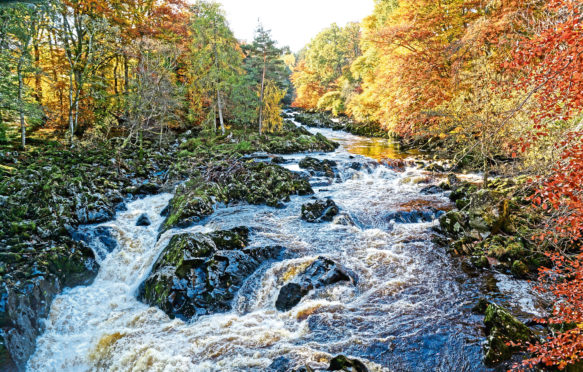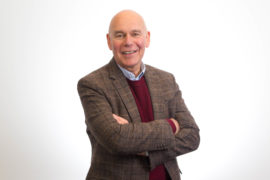A couple of weeks ago, I participated in the team relay event at the Edinburgh Marathon Festival. To demonstrate how seriously I take my running, I did the 8.3-mile leg listening to the Archers Omnibus on noise-cancelling headphones which probably tipped the scales at roughly 25% of my body weight.
Going by the names emblazoned on their racing numbers, for every Morag, Alastair and Fiona taking part, there seemed to be a Dag, Ximena and Mpho.
The event summed up for me everything that 21st century Scottish tourism should be about: It was active. It showed off not just the beauty of the Old Town and Holyrood Park, but also the lesser-known Portobello. It engaged these visitors from abroad with our culture and quirkiness. And in the process, it injected substantial sums into the local economy.
Tourism isn’t just a nice to have. According to the Scottish Government’s 2018 report, it accounts for 5% of our GDP and one in 12 jobs. It’s particularly critical in the economies of more rural areas.
While we have seen reductions in employment and productivity in energy and food and drink, the sustainable tourism sector has helped to counter the impact. There is an invisible benefit, too. Beyond the positive economic effect, it serves as a way of projecting the Scotland brand for inward investment and immigration – both necessities – by demonstrating that it’s a great place to live and work. But when we promote tourism here, there is a tendency to default to cheesy images of Eilean Donan Castle silhouetted in the dusk, singlet-wearing guys with unfeasibly developed upper bodies tossing the caber and rent-a-Jock celebrities intoning their endorsements to a maudlin soundtrack. Even the infographic in the largely excellent 2018 report proudly proclaims that “Scotland is the home of golf, whisky and tartan.” How come they missed out shortbread and Nessie?
Last year, hip-hop overtook rock as the world’s most popular genre of music. It’s no coincidence that simultaneously, the millennials passed the baby boomer population for the first time. Yet, we seem to project Scotland through the eyes of the middle aged and middle class, punting a nostalgic vision of our country. If we are to be successful in developing tourism, we need to abandon the 20th Century approach of bus tours and tartan tat that may have attracted their parents and grandparents, and instead focus on the interests and passions of the next generation.
So, what are the trends we can expect to see and need to embrace to ensure that our tourism industry captures the changing market?
Forecasting the future in print is a dangerous activity that will no doubt come back to bite me. (In 1894, The Times predicted… “In 50 years, every street in London will be buried under nine feet of manure.”) But here goes:
Going solo
Travel used to be a family activity, but with a changing demographic, young singles and widowed seniors will increasingly do so on their own. This requires a different offering.
Ecotourism
Travellers are becoming more concerned with responsible travel. They will want to visit undisturbed natural areas rather than engage in commercial mass tourism.
Authenticity and immersion
Tourism will increasingly be about learning, adventure and fulfilment. Travellers will no longer fancy being insulated by a cultural bubble from the places they visit. They will recognise that “paradise” is a fantasy and instead seek out an authentic understanding of their surroundings, wanting to live like locals.
Leisure travel
Increasingly, rather than just seeing the inside of offices, taxis and hotels, people will extend business trips to include an element of recreation. Cities that host conferences will have the opportunity to lengthen a delegate’s stay for leisure purposes.
Scotland in general, and the north-east in particular, are well placed. Some of the basics are there – unspoilt landscapes, the new P&J Live and improving transport links. But we need to reframe the narrative and reinvent the offering, targeting tomorrow’s travellers. We must project Scotland in a confident, unapologetic and contemporary way. And to capitalise on one of our biggest assets – the friendliness and individuality of our people – all of us need to play our part as ambassadors. Foos yer doos?
Philip Rodney is former chair of Burness Paull and founder of Rimalower Consulting











